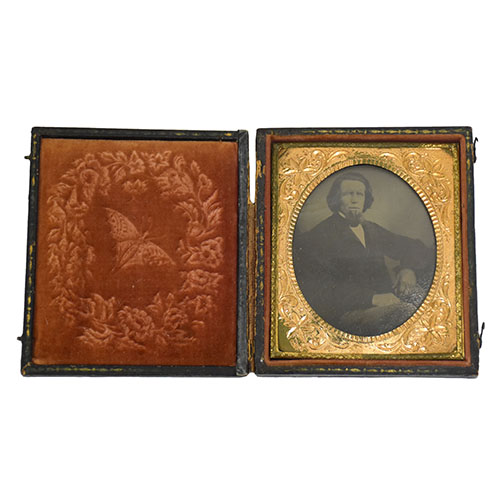In 1927 and 1928, the first moving picture “talkies” hit silver screens. Unlike earlier motion pictures, where a soundtrack could be played alongside an otherwise silent film, these talkies included the sound recordings on the same film as the picture recorded. With a method called “optical sound”, music and dialogue could now be recorded on film alongside the picture.

Rise of the "Talkie House"
Some of the earliest Bruce County theatres to feature talking pictures were Blue Water Theatre in Kincardine and Reenville Theatre in Walkerton. As early as May 1930, Blue Water Theatre began advertising as “the only theatre in Bruce County equipped for talking pictures.” Just one month later, the Reenville was outfitted with new equipment and showed their first talkies. That same year, they adopted the tagline “The Home of the Good Talkies”.


Within a few short years, the talkie house had become a staple in many downtowns big and small. By 1930, it had become a symbol of modernity, embedded in the cultural pulse of the era, as conveyed in this poem published in a Walkerton newspaper. The author (unknown) includes the talkie show among the many notable things that make their town a lively and fashionable place to be:
Folks from bigger places
Sometimes want to know
If, in a town like ours,
Thing ain’t awfully slow;
And if that’s their notion
We’d like to set ’em right
By having them to see us
On some Saturday night.
Girls dressed in their best
Keep a-strolling by,
Boys, in groups a-watchin’
Try to catch their eye.
Barber shop is crowded,
Can’t get in the stores,
Talkie show is full
Clear up to the doors.
[Excerpt from “Saturday Night in Town”, published in the Walkerton Telescope, May 29, 1930.]
Cool New Tech
In order to delight audiences with the synchronized sound of talking pictures, theatres needed to invest in new projectors and sound equipment. This ca.1930 Simplex-Acme sound projector was one of the earlier models equipped with the ability to read optical sound recordings. It was donated to the Museum by Harold (Jackie) Grasser, who managed The Esquire Theatre in Southampton during the 1940s. This artifact was likely the first sound projector used in Southampton.

Theatre on High Street
“Movie Man” John Blohm (proprietor of the Bijou Theatre in Chesley and Red Star Theatre in Walkerton) first brought motion pictures to Southampton around 1910, putting on picture shows at Town Hall and opening the first cinema. A fixture of Southampton’s High Street from the 1910s until 1974, the theatre went through many phases over its 60+ years. Ownership swapped hands multiple times, with some other notable proprietors including Schilling & Keyes; Harold & Edna Poidevin; and Joseph Greathead. Originally called The Strand Theatre, its name was changed to The Esquire in 1938, under the ownership of Joseph Greathead.
Sources
- Ancestry.com: Bruce County Voter’s List, 1949.
- International Projector Corporation: advertisement for portable Acme-Simplex 35mm film projectors, 1931.
- Kunkes, Michael: “When Movies Learned to Talk”. In CineMontage, 2005: https://cinemontage.org/sound-early-motion-pictures/
- Poidevin: Obituary of Harold Melvin Poidevin, 1984.
Bruce County Historic Newspapers:
- Bruce Herald, Sept 9, 1909
- Chesley Enterprise, June 5, 1913
- Southampton Beacon, Oct 2, 1919
- Bruce Herald and Times, May 11, 1925
- Walkerton Herald-Times, May 1, 1930
- Walkerton Telescope, May 29, 1930
- Walkerton Telescope, June 5, 1930
- The Walkerton Telescope, Oct 2, 2930
- Port Elgin Times, May 4, 1938
- Southampton Beacon, July 12, 1945





